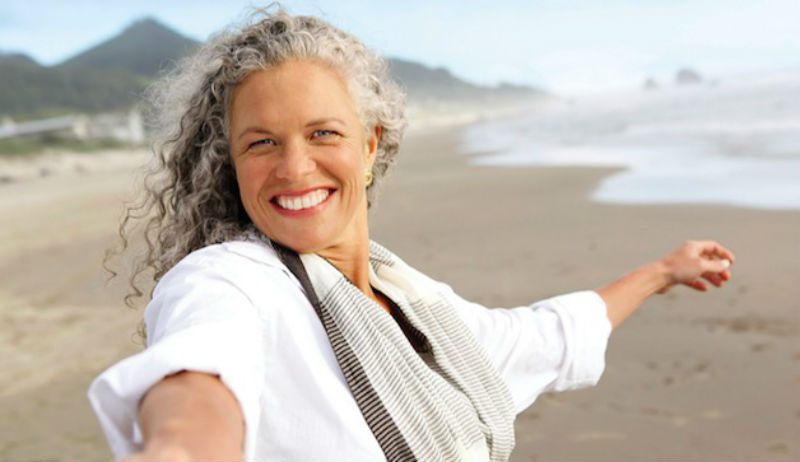For older lesbians, coming out then was scary. But now it’s time to come out again¢â¬with abandon.
When I first realized I was gay—somewhere between that wild brunette I loved from afar when I was 13 and my high school best friend, whom I adored unrequitedly—I knew I had a problem. I understood a few things in those early years of the 1960s: That I could tell no one; that I needed to figure out a way to be in the world that didn’t involve relationships since loving other girls was clearly unacceptable; and that I must be as small and unobtrusive as possible lest I draw attention to myself. I learned to keep my head down and do what I was supposed to do so there would be no problem of any kind and no one would discover my secret.
This is not more dramatic than it felt at the time. Let me stress that.
What living like this did was to create a tribe of very good citizens, men and women who shunned attention, who eventually—surreptitiously—found their soul mates, and who made the smallest emotional footprint possible. We learned to live small because anything larger would have made a space for so much to rush in that we might not have survived. There would be feelings of shame, rebukes from closed-minded relatives, raised eyebrows from colleagues as they glared in our direction from the water cooler, and a general sense of stark exposure. Most of us had already spent so many years carrying our vulnerability like much-too-heavy backpacks hidden under our coats. We longed for the peace of just being able to close our doors at the end of the day and love the person we felt so grateful to have found. “Nothing to see here, folks. We don’t want any trouble.”
And, although the calm that accompanied living like this was lovely and comforting, it kept me small—and cautious, fearful, and anxious. At 65, in a time when being gay means practically none of what it once did—even given the recent presidential election—I find myself having to learn to live large. Because fear and self-consciousness aren’t discriminating enough to know when to be on and when to be off, they permeated all parts of my life in a way that made me always want to color inside the lines. I know there are straight people feel this way, too, but it’s impossible to overstate the effects of 50 or 60 years of making sure you look and act just like everyone else.
At an age when I can bet that practically no one in the outside world is noticing anything I ever do, I still find myself crossing T’s and dotting I’s, being sure to pay my bills on time, keeping my front lawn in order, and doing what I’m “supposed” to do. Even in my relationship, I am quick to glance around to see if anyone is looking if my partner puts her arm around me in public. The energy it takes to be small is as exhausting as anything I can describe, and I imagine there are other women like me who feel the same way.
Though I’m not suggesting we all become scofflaws or rush out and get tattoos, I do think it’s OK now to explore a little of who we might have been before we went into hiding, before we did what we could to “pass for normal.” Whether it means taking ballroom dancing lessons with your lifetime partner, wearing those pants even though your long-dead mother once told you they make you look too dykey, or joining the local gay chorus because no one ever gets to enjoy your gorgeous voice, it’s time.
As a somewhat self-conscious introvert, I imagine that no one was ever paying as much attention to me and my behavior as I worried they were, but one of my longest held regrets is that I didn’t give myself permission to live larger sooner. Even with an odd and scary president at the helm, I’m determined now to look up instead of down, to put myself out in the world instead of shrouding myself in a tiny life, and to remind both myself and my partner that we are by no means dead yet. When I witness the pride of much younger gay folks now, I feel envious, but inspired. The world needs our older voices, too, to remember just how far we’ve come. Let’s come out again, then, and let ourselves be heard.
